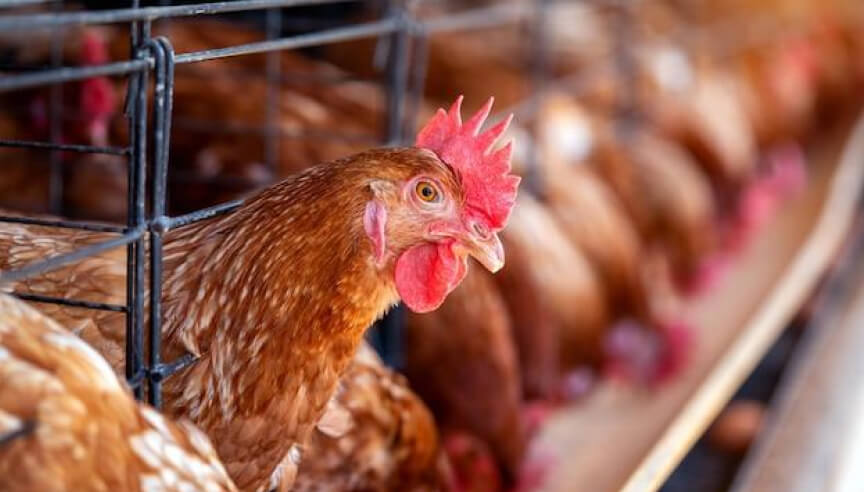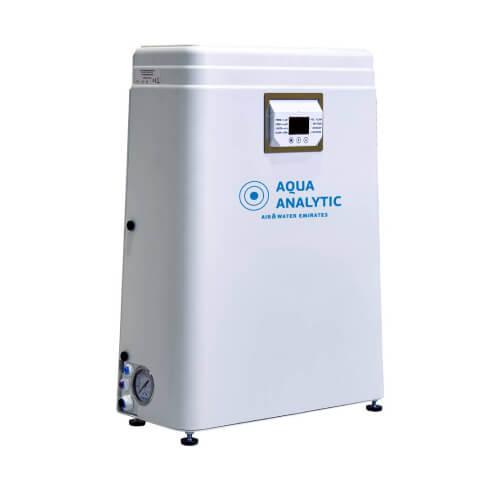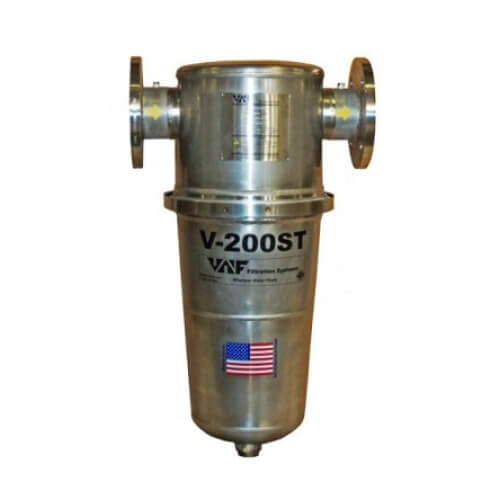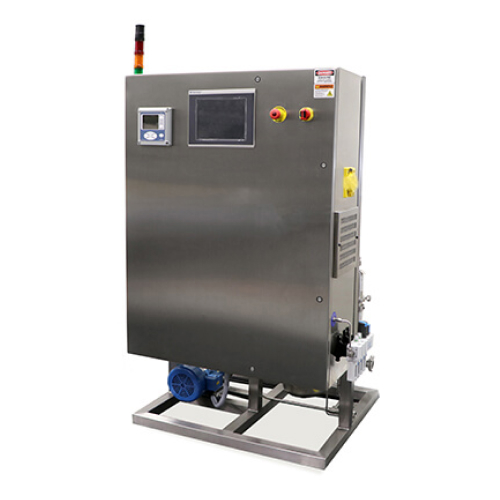Poultry farm hygiene: Reverse osmosis technology

Enhancing Poultry Farm Hygiene: Reverse Osmosis Technology’s Role in Water Treatment.
In the dynamic landscape of poultry farming, ensuring the health and productivity of birds remains a top priority. Water, an indispensable element in poultry farming, often harbors contaminants that pose significant health risks to the flock. To address this challenge, the integration of advanced water treatment technologies like reverse osmosis (RO) has emerged as a game-changer in maintaining impeccable hygiene standards on poultry farms.
Understanding Reverse Osmosis Technology
Reverse osmosis is a water purification process that utilizes a semi-permeable membrane to remove impurities, contaminants, and dissolved solids from water. It operates by applying pressure to push water molecules through the membrane while trapping pollutants, minerals, and microorganisms. The result is purified water that meets stringent quality standards.
Benefits of RO Technology in Poultry Farming
- Pathogen Removal: RO systems effectively eliminate bacteria, viruses, and other microorganisms present in water, significantly reducing the risk of waterborne diseases among poultry.
- Mineral Control: Poultry require specific mineral levels for optimal health. RO technology allows precise control over mineral content, ensuring the water provided to birds meets their nutritional requirements without excess minerals that might harm their health.
- Reduced Chemical Dependency: By removing contaminants at the molecular level, RO minimizes the need for additional chemical disinfectants, thereby reducing reliance on potentially harmful substances.
- Consistent Water Quality: RO systems consistently produce high-quality water, maintaining a reliable and clean water supply for the flock.
Integration of RO Systems in Poultry Farming
- Water Source Analysis: Assessing the water source’s quality is the first step in determining the need for an RO system. Testing for contaminants helps tailor the system to address specific water issues.
- System Customization: RO systems can be customized based on farm size, water consumption, and quality requirements. Installing appropriate-sized systems ensures efficiency and cost-effectiveness.
- Monitoring and Maintenance: Regular monitoring and maintenance of RO systems are essential to ensure optimal performance. This includes membrane cleaning, system checks, and periodic water quality assessments.
- Training and Expertise: Proper training of farm personnel in operating and maintaining RO systems is crucial for maximizing efficiency and extending the system’s lifespan.
Challenges and Considerations
While RO technology offers substantial benefits, its implementation comes with considerations:
- Initial Investment: Setting up RO systems requires an upfront investment in equipment and installation. However, the long-term benefits often outweigh the initial costs.
- Energy Consumption: RO systems demand energy to operate, which might increase operational costs. Utilizing energy-efficient systems and exploring renewable energy sources can mitigate this concern.
Conclusion
The application of reverse osmosis technology represents a significant advancement in ensuring water hygiene and safety in poultry farming. By investing in RO systems, poultry farmers can uphold stringent hygiene standards, mitigate health risks, and ultimately enhance the overall health and productivity of their flocks.
As technology continues to evolve, integrating RO systems into poultry farm operations stands as a testament to the industry’s commitment to innovation and animal welfare. Embracing these advancements underscores the dedication of poultry farmers to providing the best possible environment for their birds, fostering a sustainable and thriving poultry farming ecosystem.






